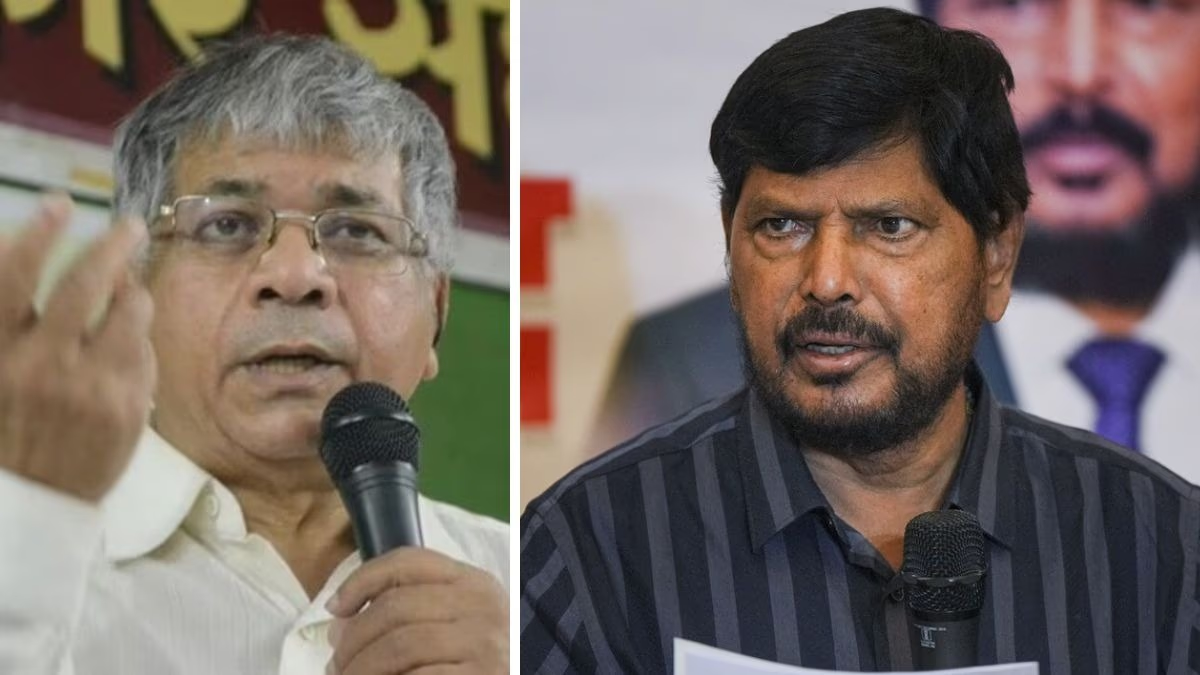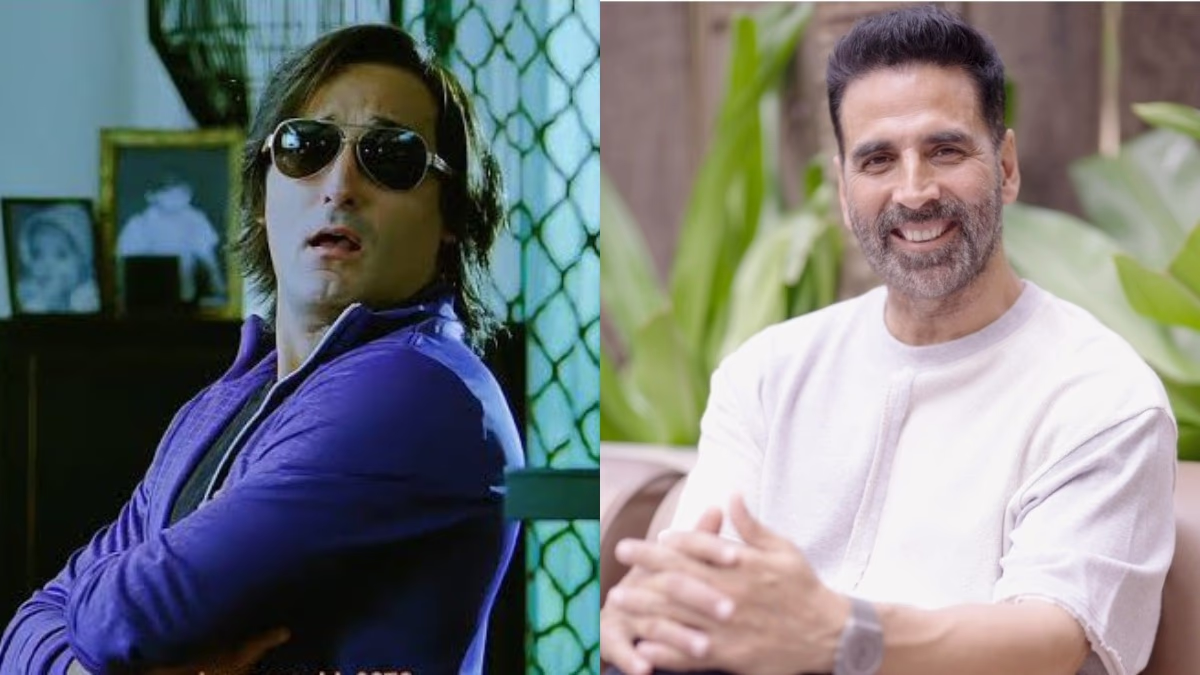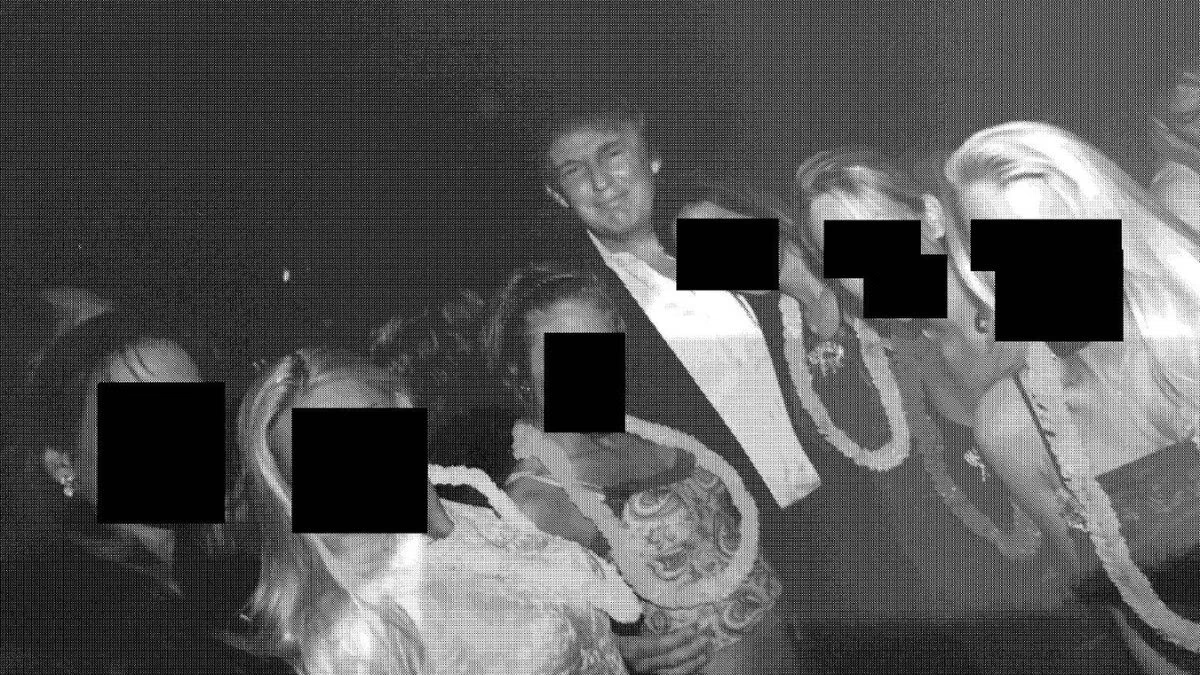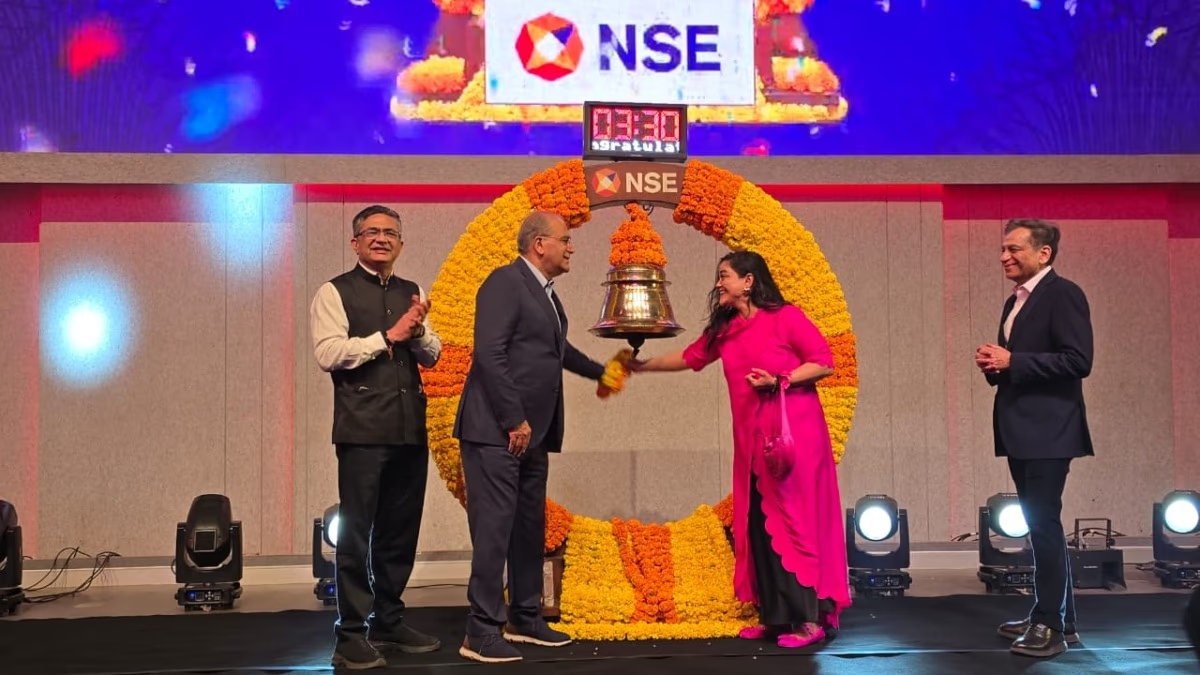In Maharashtra's elections, both the ruling Mahayuti and the opposition Maha Vikas Aghadi (MVA) are centered around narratives concerning the constitution. Mahayuti leaders accuse the MVA of crafting a misleading narrative about changing the constitution to target them in the Lok Sabha elections. Meanwhile, MVA leaders are trying to emotionally connect with Maharashtra's populace by mentioning the constitution, reservation, and projects like Dharavi. Amid all this, although there's talk of Dr. Babasaheb Bhimrao Ambedkar, the architect of the constitution, Dalit politics and related parties seem to be on the periphery.
Prakash Ambedkar, who hails from the same family as Dr. Ambedkar, and his party Vanchit Bahujan Aghadi (VBA) couldn't secure a spot in the opposition India Bloc. Ramdas Athawale's Republican Party of India (Athawale) only managed to obtain two seats in the Bharatiya Janata Party (BJP)-led National Democratic Alliance (NDA). Even Hitendra Thakur's Bahujan Vikas Aghadi (VBA) remained restricted to a few seats in the Vasai-Virar region.
This scenario occurs despite approximately 13% of Maharashtra's population being Dalit, along with several local Dalit parties. Parties engaged in Dalit politics from Uttar Pradesh, like the Bahujan Samaj Party (BSP) and Advocate Chandrashekhar's Azad Samaj Party, are also trying their luck here. The question arises, why is Dalit politics sidelined in Ambedkar's Maharashtra? The reasons can be understood through four main points:
1-
Population
Several factors contribute to the marginalization of Dalit politics in Maharashtra, including the Dalit population. Although Dalits make up 13% of the state's population, comparable to double-digit figures, it isn't as influential as in states like Uttar Pradesh and Bihar. In contrast, over 21% of Uttar Pradesh's total population and approximately 19% of Bihar's consists of Dalits.
2-
Lack of Unity
The Dalit community in Maharashtra lacks unity. Similar to the distinction between Jatavs and non-Jatavs in Uttar Pradesh and Bihar, Maharashtra's Dalit communities include Mahars and Matangs. Both follow Dr. Ambedkar's teachings but are divided into Buddhist and Hindu, Ambedkarite and non-Ambedkarite. At the local level in Maharashtra, Dalit parties like RPI and VBA primarily have a Mahar voter base. While Mahar politics hosts multiple parties, communities like the Matangs ally with the BJP, Congress, and others. This vote bank itself is divided.
3-
Voting Pattern
In today's electoral politics, power lies within the vote bank. Despite a decent number of Dalits, they remain marginalized politically due to their voting patterns. According to a CSDS report, recent Lok Sabha elections showed that the majority of Dalit voters in Maharashtra supported the Maha Vikas Aghadi, but even this didn't surpass 50%. This was when issues like the constitution and reservation were said to be dominant. The division within the Dalit vote bank is also a factor why political parties don't prioritize them as much.
4-
Restrained to One Caste
The limitation of Dalit parties to their core voter base is another factor pushing Dalit politics to the periphery in Maharashtra. In Uttar Pradesh, Mayawati's party's core voter is the Jatav community, but the party also tries to connect with other Dalit and non-Dalit communities to strengthen winning chances.
Read More: Is Ajit Pawar's Vocal Opposition to 'If We Divide, We Fall' a Part of Mahayuti's Larger Gameplay?
In Bihar, Chirag Paswan's party seems engaged in expanding its base, but in Maharashtra, this is not the case. Maharashtra's Dalit parties remain focused on the Mahar community and haven't seriously attempted to form winning combinations by bringing in other castes.
Read More: 'I'm Not in the Race for Maharashtra CM, But...', Eknath Shinde's Exclusive Interview with Aaj Tak
Political analyst Amitabh Tiwari noted that whether RPI or Prakash Ambedkar's party, they haven't expanded beyond the Mahar circle. These parties have made no notable efforts to forge connections with non-Dalit communities. They rely solely on a specific voter group which is not in a position to independently influence the outcome of elections. This is why, even when Prakash Ambedkar contests elections solo, the discussion revolves not around the probability of his candidates winning, but who they might defeat.
The Strength of the Dalit Vote Bank
Approximately 13% of Maharashtra's population is Dalit, mainly concentrated in districts such as Pune, Nagpur, and Thane. Among the 288 assembly seats, 29 are reserved for Scheduled Castes, with around 60 seats holding a Dalit voter population exceeding 15%.
Read More: 'Discussion on Muslim Reservation in Maharashtra to Follow MVA Government Formation', Telangana CM Revanth Reddy's Big Statement
Viewed through the prism of assembly elections, recent Lok Sabha election results revealed that out of the 29 Scheduled Caste reserved seats, Congress led in 12, Shiv Sena (UBT) in five, and NCP (Sharad Pawar) in one. MVA gained an advantage on 18 safe seats, whereas Mahayuti led by Eknath Shinde's Shiv Sena and BJP secured leads on six and four seats, respectively, with an independent candidate leading on one.




